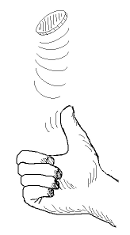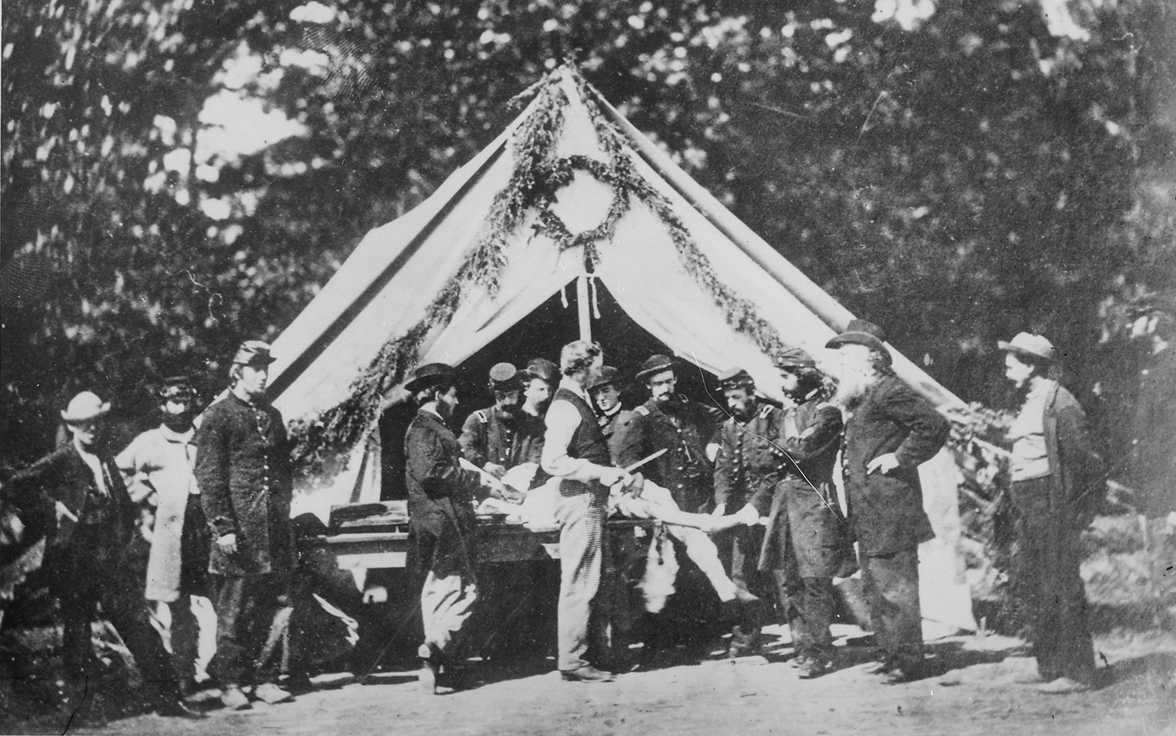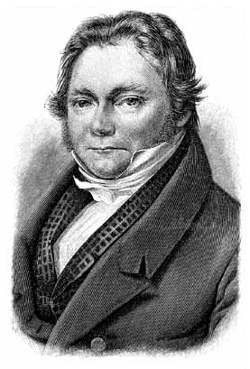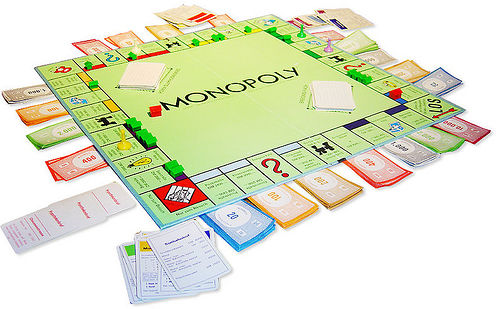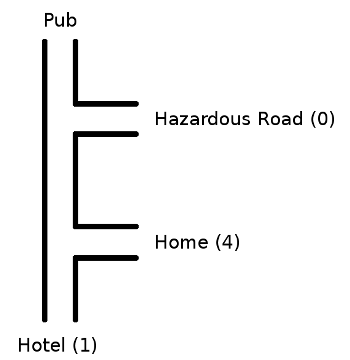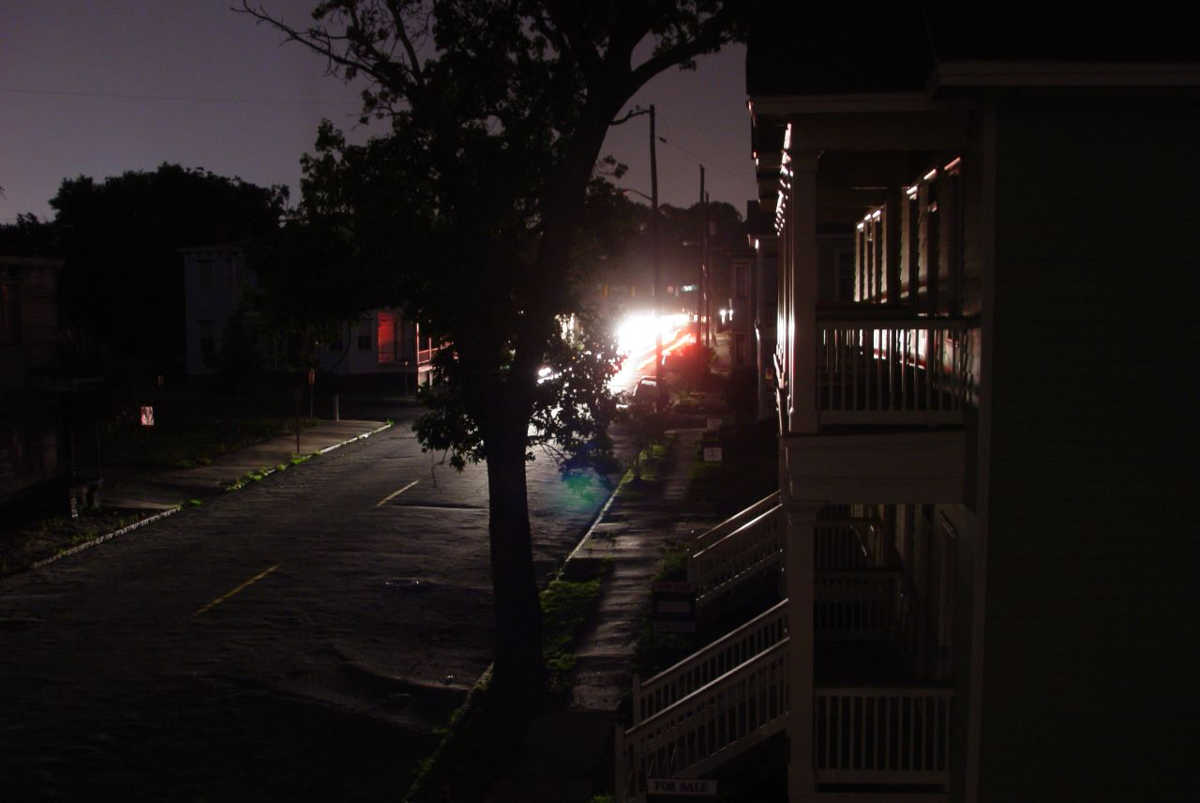
Suppose that there’s a power outage in your neighborhood. If someone calls the electric company, they’ll send someone to fix the problem. This puts you in a dilemma: If someone else makes the call, then you’ll benefit without having to do anything. But if no one calls, then you’ll all remain in the dark, which is the worst outcome:

This is the “volunteer’s dilemma,” a counterpart to the famous prisoner’s dilemma in game theory. Each participant has a greater incentive for “free riding” than acting, but if no one acts, then everyone loses.
A more disturbing example is the murder of Kitty Genovese, who was stabbed to death outside her New York City apartment in 1964. According to urban lore, many neighbors who were aware of the attack chose not to contact the police, trusting that someone else would make the call but hoping to avoid “getting involved.” Genovese died of her wounds.
In a 1988 paper, game theorist Anatol Rapaport noted, “In the U.S. Infantry Manual published during World War II, the soldier was told what to do if a live grenade fell into the trench where he and others were sitting: to wrap himself around the grenade so as to at least save the others. (If no one ‘volunteered,’ all would be killed, and there were only a few seconds to decide who would be the hero.)”
The Guinness Book of World Records lists the Yaghan word mamihlapinatapai as the “most succinct word.” It’s defined as “a look shared by two people, each wishing that the other would initiate something that they both desire but which neither wants to begin.”
(From William Poundstone, Prisoner’s Dilemma, 1992.)



